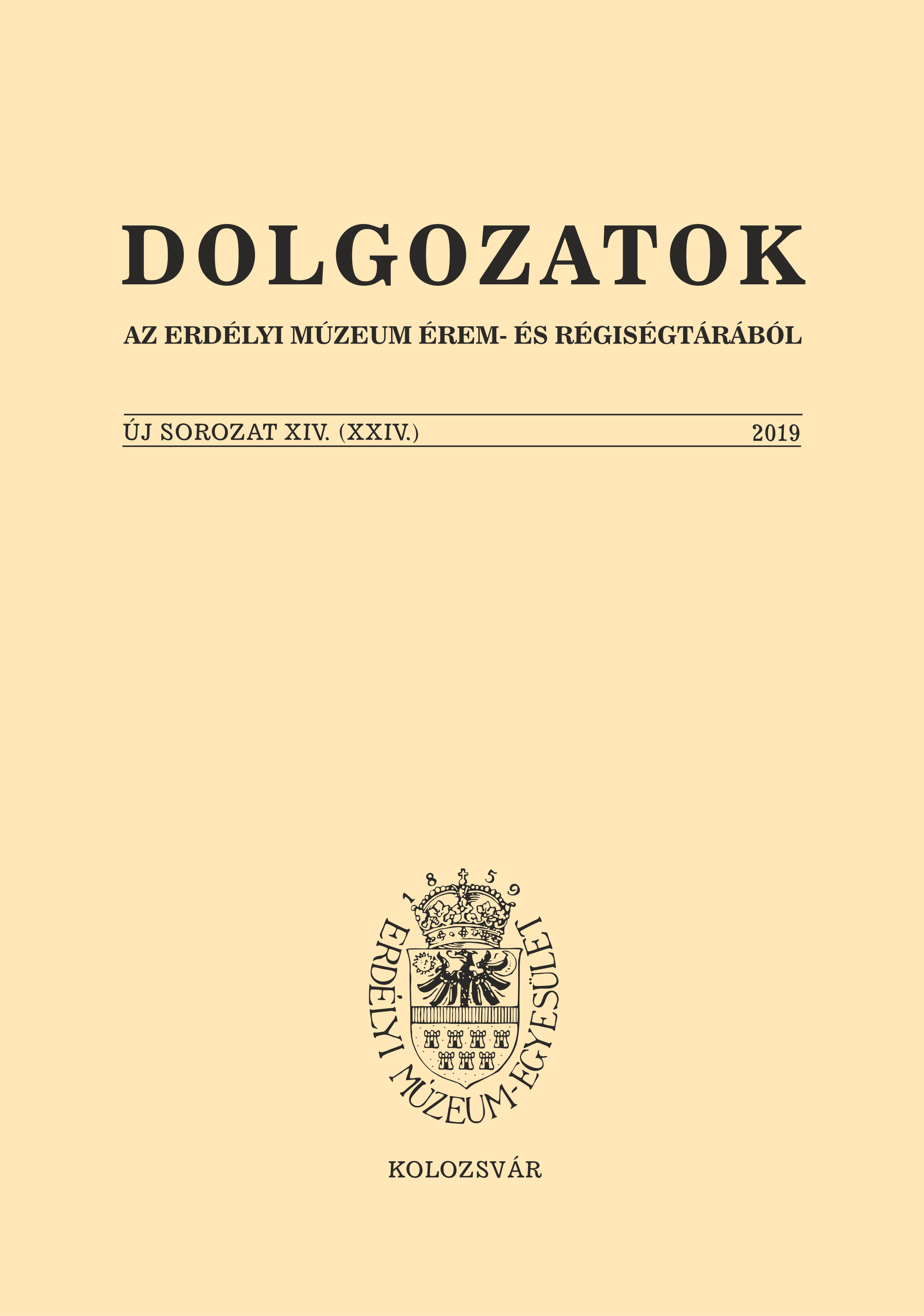„Egy nemzet tette e jelt itt.” A székely vértanúk emlékműve Marosvásárhelyen
“A Nation Left its Mark Here.” The Monument of Szekler Martyrs in Târgu Mureş
Author(s): Hunor VécseiSubject(s): Architecture, History of Art
Published by: Erdélyi Múzeum-Egyesület
Keywords: Szekler martyrs; public monument; statue committee; Dualist Era
Summary/Abstract: Located at the lower end of the serpentine road leading to the University of Medicine of Târgu Mureș, north of the town centre, in the now landscaped area formerly known as Postarét, the Monument of Szekler Martyrs was erected in 1874 in the memory of three Szekler freedom fighters that took part in an anti-Habsburg conspiracy and were executed on the 10th of March 1854, János Török, Mihály Gálfi and Károly Horváth. The study presents the process that led to the erection on Postarét of the memorial column dedicated to the Szekler martyrs, relying on the recently found archival sources and using the reports of contemporary newspapers. The initiator of this process and the chairman of the statue committee established in 1870 was Ádám Lázár (1821–1891), a lawyer and a pro-independence member of parliament. As an active participant and organizer of the local political and cultural life, he was a member of the town’s legislative committee, and in the years around the commemoration we find him among the citizens paying the highest taxes – the so-called virilists. In addition to his work for the memorial column of the Szekler martyrs, he was also the initiator and organizer of two other contemporary commemorations – the memorial plaque of poet Sándor Petőfi and the tomb of mathematician Farkas Bolyai. It was through the mediation of Lázár that the statue committee came into contact with the stonemason-sculptor Vince Jablonszky (1835–1915) from Budapest, who was commissioned to create a monument dedicated to the martyrs in February 1874. By the end of the same year, the six-metre-high obelisk built with classical stylistic features was already standing on Postarét, being inaugurated on the 27th of June 1875. The Monument of Szekler Martyrs can be considered the first monument of the town that was created through community cooperation and local organization. A statue committee was formed for its erection, and even if the committee’s operation was not as organized as the later ones, its significance and main role in the achievement of the commemoration were unquestionable. The author of the memorial column, Vince Jablonszky, unlike the creators of later public monuments, was not a skilled sculptor, but rather a stonemason pursuing his craft at a high standard. Although his activity is difficult to outline, in the light of our present body of knowledge, the monument erected on Postarét seems to occupy a significant place in his oeuvre, both in size and execution – with its beautifully carved details, classical proportions and forms. In terms of its genre, it belongs to the group of national monuments, and as such it is the first public monument in Târgu Mureş dedicated to the Revolution and War of Independence of 1848–1849. From the rich sculpture production of Târgu Mureş in the age of the Dual Monarchy, this is the only monument that was organically connected to the town’s past, and it can also be considered to be the first one in chronological terms. Of the public monuments erected in the period, the Monument of Szekler Martyrs is the only one that, thanks to its secluded location, survived the statue destructions that came with the political changes after World War I.
Journal: Dolgozatok az Erdélyi Múzeum Érem- és Régiségtárából. Új sorozat
- Issue Year: 2019
- Issue No: XIV
- Page Range: 165-178
- Page Count: 14
- Language: Hungarian

